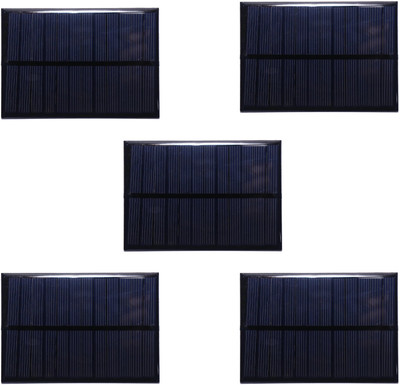EVA, Ethylene-vinyl acetate a rising star in the solar industry

Ethylene Vinyl Acetate, or more commonly, EVA, is commonly used in thousands of appliances. While it has been dominating the global market by a large margin already, over the coming years, its utilization is to expand over fields of solar encapsulation and developing industries’ infrastructure.
The product demand has risen over time and buyers are actively browsing for EVA sheet manufacturers in India. Collaborations and even sole projects that are based on EVA as the main constituent are growing to become increasingly influential.
When it comes to the solar industry, the use of the copolymer film seems to be the perfect fit in a puzzle that’s waiting for its final piece. This film acts as the essential sealant of photovoltaic solar modules for the construction of solar panels. Acting as the laminating film, EVA helps capture the solar cells and keeps them vacuumed under the panel.
However, EVA does not hold a high amount of resistance towards high temperatures and needs to be covered with the help of protective front glass in order to prevent any kind of damage from occurring.
However, it still plays an important role in increasing the durability and performance levels of solar panels. Needless to say, if solar panels were not fitted with an EVA sheet within them, they wouldn’t be able to survive as long as expected.
Sure, for solar cells encapsulations, EVA sheets are used, but how do they function and why is their presence so crucial for the creation of the solar panel? In short, EVA sheets capture all the solar cells and are made to ‘float’ in the midst of the front protective glass and the back sheet in order to soften any kind of shocks and vibrations that might cause damage to the solar panel. This helps in protecting the solar cells and all their circuits. Besides this, it also helps in protecting the solar panel from any kind of water or dirt damage to override the cell.
The typical layering of a solar panel goes over with protective glass on the top, an EVA sheet, the cells, another sheet of EVA, and the final back sheet. These help in making the solar module highly durable, whilst simultaneously forming a bonding with the cell and the glass, allowing it to gain control over both mediums equally.
Companies like https://vishakharenewables.com/ are known for the product range they hold. From EVA encapsulants and back sheets, their quality checks and technical services assure their grip with innovation and technology and allow them to work towards a better and healthier standard of living for you and the rest of the world.
A quality EVA encapsulant is essential for your solar module, especially if you want it to work as well as it is capable of. As the encapsulant, it captures about 80% of the photovoltaic modules and thus helps in light transmission and melt fluidity.
Although EVA is being used more and more in the solar industry, that is not all it’s useful for. EVA foam can also be used as an alternative to rubber. In vinyl and several electrical appliances, EVA is often used in place of rubber.
EVA tends to be softer and much more cost-effective than a rubber. Due to its lower levels of padding and high flexibility, it can be a more appropriate fit for products and is given a preference most times. It’s also used as an enhancer for clinginess in plastic wraps. The high flex crack and puncture resistance allow EVA to be a material that can be used excessively, and thus, is much more than just a material required for solar modules.




No comments